The Kaged evolution continues, with promises of a big year coming to fruition thanks to Clean Burn Powder, a new apple cider vinegar enhanced fat loss drink!
Ever since our December interview with Michael McClane of Kaged on the PricePlow Podcast, where the brand's President announced a major rebranding effort to shift from Kaged Muscle to Kaged, we've seen nothing but incredible work from the industry-leading company.

Never stop evolving! See PricePlow.com/kaged to save on Kaged Supplements!
It started with their phenomenally-dosed Pre-Kaged ELITE pre-workout supplement, which boasted doses rarely seen in the category. We've also leaked the updated Clean Meal MRP powder label, boasting the professionally-decorated new branding.
Aside from pre-workouts and protein powders, what's next? Weight loss, of course.
Kaged already has Clean Burn, a stimulant-free fat burner, and Clean Burn Amped, a formula boosted with natural caffeine. But there was a gap in a growing sub-niche: fat burning powder. That gap has been closed with today's incredible launch:

Clean Burn Powder is a new apple cider vinegar enhanced fat burning drink from Kaged, providing 166 milligrams of natural caffeine alongside ACV!
Kaged Clean Burn Powder Brings Apple Cider Vinegar to the Fat Loss Fight
Clean Burn Powder is a completely new fat loss formula from Kaged, and it boasts cardio-friendly, fat burning benefits provided by clean energy ingredients that are non-GMO and third-party tested. In addition, it has added apple cider vinegar, which has wellness benefits that have been used for centuries and have more backing than ever by modern science.
Each scoop is boosted by 166 milligrams of naturally-sourced caffeine and 20 milligrams of CaloriBurn GP grains of paradise extract - just enough to get you going, but not too much to melt you down.
The ingredients are covered below, but first, take a look at PricePlow's coupon-powered prices and get up on our Kaged news alerts:
Kaged Clean Burn Powder – Deals and Price Drop Alerts
Get Price Alerts
No spam, no scams.
Disclosure: PricePlow relies on pricing from stores with which we have a business relationship. We work hard to keep pricing current, but you may find a better offer.
Posts are sponsored in part by the retailers and/or brands listed on this page.
This area is reserved for Team PricePlow's upcoming Ingredients video.
Subscribe to our channel and sign up for notifications so you catch it when it goes live!
Ingredients
In a single, 1 scoop serving of Clean Burn from Kaged, you get the following:
-
L-Carnitine L-Tartrate – 1500 mg
The amino acid derivative carnitine helps move fatty acids into your cells' mitochondria, where the fat is burned for energy.[1] A great deal of research has shown that carnitine supplementation is associated with healthy weight loss[2,3] and decreases insulin resistance while improving glucose metabolism.[4]
Athletes have a particular need for carnitine because intense exercise increases the body's carnitine requirements. Athletes who take carnitine will see a reduction in post-workout soreness, an increase in oxygen uptake and power output, better circulation, and faster recovery.[5]
Other people who fit into categories with special need for carnitine supplementation are vegetarians, vegans, and the elderly.[5-11]
There are two main forms of carnitine powders on the supplement market right now: acetyl L-carnitine (ALCAR), which primarily boosts focus, and the L-Carnitine L-tartrate (LCLT) form used here, which is great for increasing androgen receptor function.[12,13] Since androgen receptors are what actually mediate testosterone's masculinizing effects, this can greatly assist with hormonal function.
In terms of metabolic support and fatty acid mobilization, however, we're happy with either of these versions, and look to get at least 2 grams per day through food and/or supplementation, so we're well on our way here.
What's Carnipure?
Carnipure is an exceptionally pure L-carnitine that has received GRAS approval from the FDA, meaning that it's generally recognized as safe. We generally see Carnipure in liquid carnitine forms, but they also have highly pure L-Carnitine L-Tartrate powder, as we see here in Clean Burn ACV.
-
Coconut Fruit Water – 500 mg
If you want to lose weight, you have to consume fewer calories than you burn – no way around that. But unfortunately, eating less food means it's harder to get nutrients (which is why nutrient-dense foods are so important for weight management), and electrolytes are no exception.
And if you're one of the many people who are turning to low-carb diets as a weight-loss solution, the electrolyte problem will be especially acute for you since low-carb diets are associated with higher than usual elimination of electrolytes from the body.[14]
That's where coconut water comes in: Because coconut meat naturally has a high concentration of electrolytes, this "juice" of coconuts is great at supporting whole-body hydration.[15] If you're confused, think of it as a form of powdered spring water.
-
Apple Cider Vinegar Powder – 500 mg
If you've been paying any attention to the supplement industry these past few years, you've probably heard that apple cider vinegar (ACV) supposedly helps users burn fat and lose weight.
So, the million dollar question: Does it work? According to recent research, the answer appears to be yes.
This apple cider vinegar meta-analysis shows an impressive simultaneous reduction in triglycerides alongside increased HDL cholesterol,[56] indicating better insulin sensitivity and overall health!
In a 2009 randomized, double-blind, placebo-controlled study from researchers in Japan, study authors divided their subjects into three groups: Group one took a tablespoon of ACV daily, group two consumed 2 tablespoons daily, and group three took the placebo.[16]
The results were striking. Over the course of the 12-week study, group one (1 tablespoon daily) lost an average of 2.6 pounds, reducing their body fat by about 0.7%. Group two (2 tablespoons), lost 3.7 pounds – a 0.9% reduction in body fat.[16] The placebo group, on the other hand, gained about a pound of body fat.[16]
Moreover, the group that got the double dose of ACV saw a substantial drop in blood pressure and triglycerides.[16]
At the same time and by the same researcher, there was another study. Rather than human subjects, an animal model study provided us with a clue as to how ACV might do this. In mice, it activates a cluster of genes that turn on fatty acid oxidation, which theoretically should increase the amount of fat a person's body will burn.[17]
Kaged is making it clear that their organic apple cider vinegar is a major component of Clean Burn Powder - it's right on the front of the label. If you've avoided trying an ACV-based supplement due to the taste, then this is your chance to give a shot with their expert flavor systems.
-
Tyrosine – 375 mg
Tyrosine is an amino acid that will be a useful supplement for pretty much any dieter. It's the precursor to catecholamines and neurotransmitters like dopamine, adrenaline, and noradrenaline.[18-20] All of these messengers facilitate interneuronal communication. But dopamine, in particular, improves focus, motivation, cognition, and coordination.[21]
Adrenaline and noradrenaline can be useful for powering through tough workouts to increase your calorie burn, and will even increase your rate of fat-burning at rest.[22,23]
Tyrosine is especially effective for people who have been acutely deprived of sleep.[24,25]
Meanwhile, and potentially more importantly, tyrosine is a precursor to thyroid hormone:
Tyrosine and thyroid health
Alongside iodine, the body uses tyrosine to generate two incredibly important thyroid hormones in triiodothyronine (T3) and thyroxine (T4).[26,27] Thyroid health is a critical factor in the greater scheme of metabolic health as well as overall health, so we're always supportive of tyrosine intake, and also encourage more iodine when possible.
Long story short: No iodine or tyrosine, no thyroid hormone synthesis. Get enough iodine and tyrosine in!!
Although tyrosine might sound like a stimulant, supplementation can actually provide significant stress relief.[28] Overall, it's a great ingredient, and it shouldn't just be relegated to pre-workouts like Pre-Kaged and Pre-Kaged Elite!
-
Caffeine (from PurCaf and AmaTea) – 166 mg
We know from frequently covering Kaged in the past that they're huge fans of PurCaf. The organic caffeine source is extracted from green coffee beans,[29] meaning it brings some natural co-factors and less "manufacturing residues" compared to competing synthetic brands of caffeine. Much of this is discussed in our article titled Why Kaged Uses PurCaf (Natural Caffeine from Green Coffee Beans).
Why does Kaged Muscle only use PurCaf caffeine? Outside of it being naturally-derived, there may be some fringe benefits to keeping caffeine with its natural counterparts.
Standardized for at least 95% caffeine by weight, this non-GMO extract is also certified organic.[29] That means no xenoestrogenic (aka, estrogen-mimicking) pesticides like glyphosate or atrazine inside.
As for caffeine itself, we know that it's a good ergogenic aid and fat burner, which boosts energy levels and helps reduce appetite.[30,31] Caffeine increases the body's rate of thermogenesis (converting caloric energy to heat),[30,31] which is ultimately going to help increase your literal calorie burn as well.
Caffeine is great for helping you haul yourself away from bed in the morning and even gives you that extra push to go to the gym and even power through a tough workout. That's because caffeine inhibits adenosine, a molecule that makes us feel tired by downregulating neural activity.[30,31]
Caffeine is also a phosphodiesterase inhibitor,[30,31] which goes a long way toward explaining its properties as an ergogenic aid and fat booster. Phosphodiesterase is the enzyme that breaks down cyclic adenosine monophosphate (cAMP),[30,31] and because cAMP helps increase fat oxidation and carbohydrates for energy, keeping it high will increase your basal metabolic rate.[32]
Note that Clean Burn Powder has 166 milligrams of total caffeine -- PurCaf here provides 146 milligrams of it, and we get another 20 milligrams from the next ingredient up:
-
AmaTea (Guayusa [Ilex guayusa] Leaf Extract) - 100 mg
A newcomer to the Kaged family of natural ingredients, Ilex Guayusa has some unique constituents not often found in caffeinated plants. Image courtesy Wikimedia
Guayusa is a member of the Ilex holly family, which also contains the yerba maté plant. Like yerba maté, which is a plant species you've probably heard of before, guayusa is used throughout Central America as a stimulant[33,34] among other benefits.
Much like coffee or tea, guayusa is rich in methylxanthines like caffeine and theobromine, as well as potent antioxidants like flavonoids and chlorogenic acid.[35-38]
Among these is ursolic acid, a compound not usually found in caffeine-containing plants.[39] Preliminary research indicates that ursolic acid might help body composition and insulin function,[40] but there isn't much data at this point.
Next up, let's get into the dual spice blend:
-
Capsimax Capsicum annuum Extract (fruit) (2% capsaicinoids) - 50 mg
Sourced from chile pepper plants, Capsimax is loaded with capsaicinoids, phytochemicals that occur naturally in peppers and can increase core temperature by upregulating thermogenesis (much like caffeine, which we discussed above). Because of this, it can actually increase the body's rate of fatty acid oxidation[41] as stored body fat converts to heat.
Higher doses of capsaicin often reduce blood sugar levels as well.[42]
You'll definitely feel the heat from this one – you know, after you take it – so if you're sensitive to spice, that's something to be aware of. Good thing is that Capsimax is enterically-coated so that it doesn't turn into hot sauce in the drink if you don't let it sit in water too long!
-
CaloriBurn GP (grains of paradise extract) - 20 mg
NNB Nutrition's trademarked botanical extract, CaloriBurn GP, is sourced from the Aframomum melegueta plant, which is colloquially referred to as "grains of paradise". CaloriBurn is standardized for 12.5% 6-paradol, a molecule that has significant effects on the type of fat stored in the human body.
The two basic types of adipose tissues — white adipose tissue (WAT) and brown adipose tissue (BAT) -- are quite different from each other in function. The first, WAT, is used mostly to store long-term energy, which is intended for periods of famine, when calorie intake is low.[43] On the other hand, BAT is almost like an organ in that it causes a state called non-shivering thermogenesis in which calories are literally burned for heat, thereby raising core body temperature in the process.[43]
Basically the higher your body's ratio of BAT to WAT, the faster your metabolism.[44,45] And because BAT can use glucose for non-shivering thermogenesis too,[46] this means that having more BAT can improve your blood sugars and lipids even when you haven't actually lost any weight yet.[46]
The reason 6-paradol - the primary constituent in CaloriBurn GP - is so valuable is that it causes the conversion of WAT to BAT, bringing along all the benefits discussed above.
Energy expenditure change (ΔEE) after oral ingestion of Grains of Paradise.[45] This spice can help "melt" away those stubborn pounds!
In one of the several clinical trials on grains of paradise, researchers found that a daily dose of 40 milligrams was sufficient to raise your basal metabolic rate.[47]
Of course, 40 milligrams is twice the dose used in Clean Burn, but there's evidence that smaller doses work too. In one study, supplementation with a 30 milligram grains of paradise extract was enough to significantly reduce visceral fat in non-obese women.[45] That's huge because visceral fat is especially unhealthy, it significantly increases cortisol levels, and drives chronic inflammation.
What we love about CaloriBurn GP is that it not only has 12.5% 6-paradol, which is in both of the studies cited above,[45,47] but it also has the other three powerful constituents of grains of paradise, which are 6-gingerol, 6-gingerdione, and 6-shogaol.
-
Chromium (as ChromeMate) - 400 mcg (1143% DV)
Don't miss this one at the top of the label!
Chromium has been shown repeatedly to improve glucose metabolism by increasing insulin sensitivity.[48-50] it works particularly well in people with pre-existing insulin resistance.[51,52]
Unsurprisingly then, people who consume lots of chromium are less at risk for getting type 2 diabetes,[53] and people with a chromium deficiency are at much greater risk of getting it.[54] Similarly to choline, chromium helps remove body fat from tissues where it shouldn't be,[55] such as the liver.
The patented ChromeMate form used here is chromium bound with niacin, a vitamin with great metabolic benefits in its own right.
Flavors available
Don't worry, it's not in apple cider vinegar flavor. Kaged originally launched this in Orange Mango, but perhaps there will be more flavors into the future shown below:
Clean Burn with Apple Cider Vinegar!
Apple Cider Vinegar is the hot new thing, and modern scientific research is showing that it is worth using. Unfortunately, we see too many supplements relying on just ACV, when we know that there are so many more beneficial ingredients to support weight loss and fat oxidation.
Fortunately for us, Kaged has an incredible formulator who knows that adding in L-carnitine, natural caffeine, and grains of paradise can amplify the support provided.
It's also worth noting that Clean Burn Powder is third-party lab tested and certified to be free of banned substances, so drug-tested athletes can partake. And just like every other Kaged supplement, the brand leans mostly on natural sweeteners, although there is some supporting sucralose, which makes sense for a formula with aggressive spic ingredients like this one.
Clean Burn and Clean Burn Amped are fine weight loss pills, but more users are demanding powders, which enables greater doses of L-carnitine. Use it as a pre-workout and consider stacking it with Pre-Kaged Non-Stimulant for added pumps.
As the team at Kaged told us, 2022 is off to a great start. Sign up to see where they go from here:
Kaged Clean Burn Powder – Deals and Price Drop Alerts
Get Price Alerts
No spam, no scams.
Disclosure: PricePlow relies on pricing from stores with which we have a business relationship. We work hard to keep pricing current, but you may find a better offer.
Posts are sponsored in part by the retailers and/or brands listed on this page.
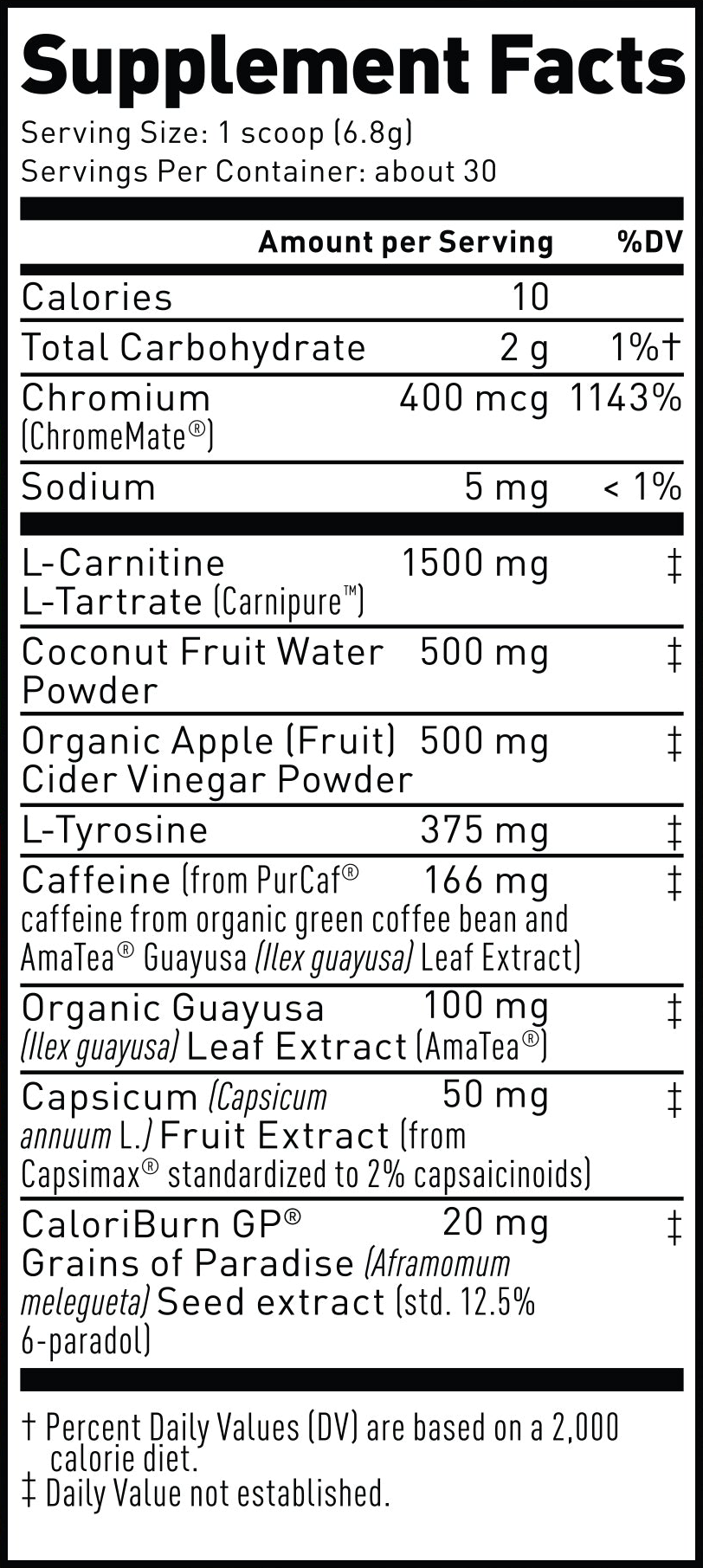



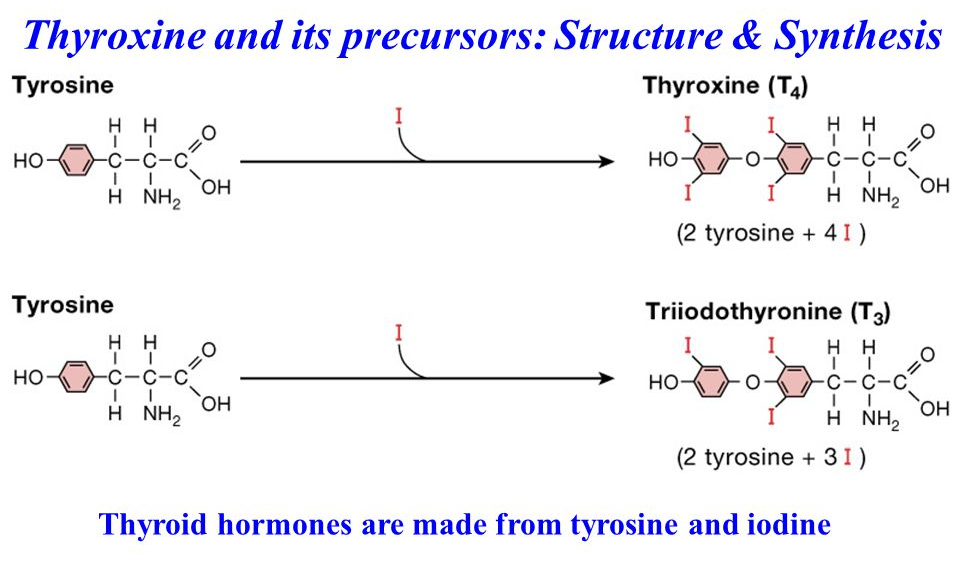
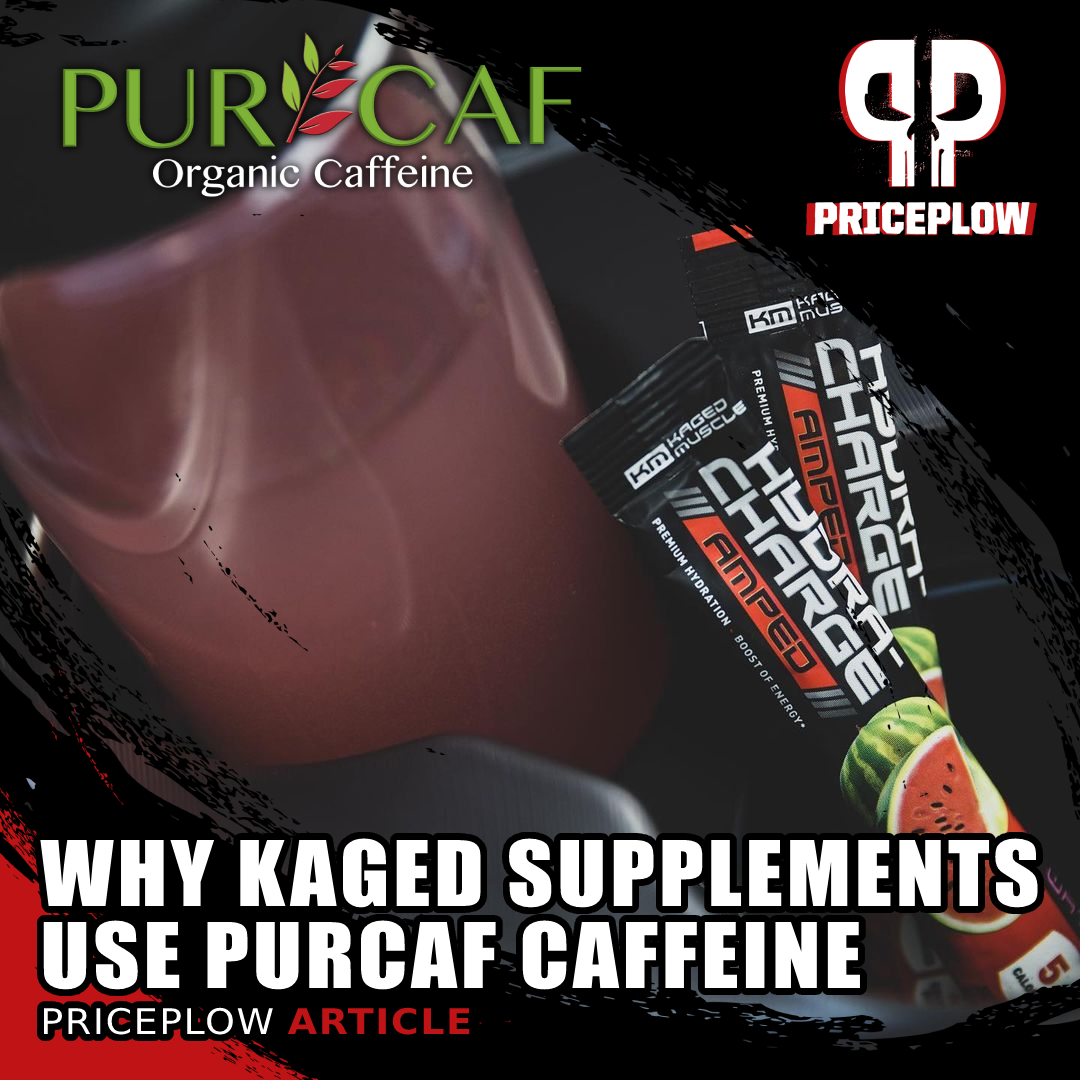
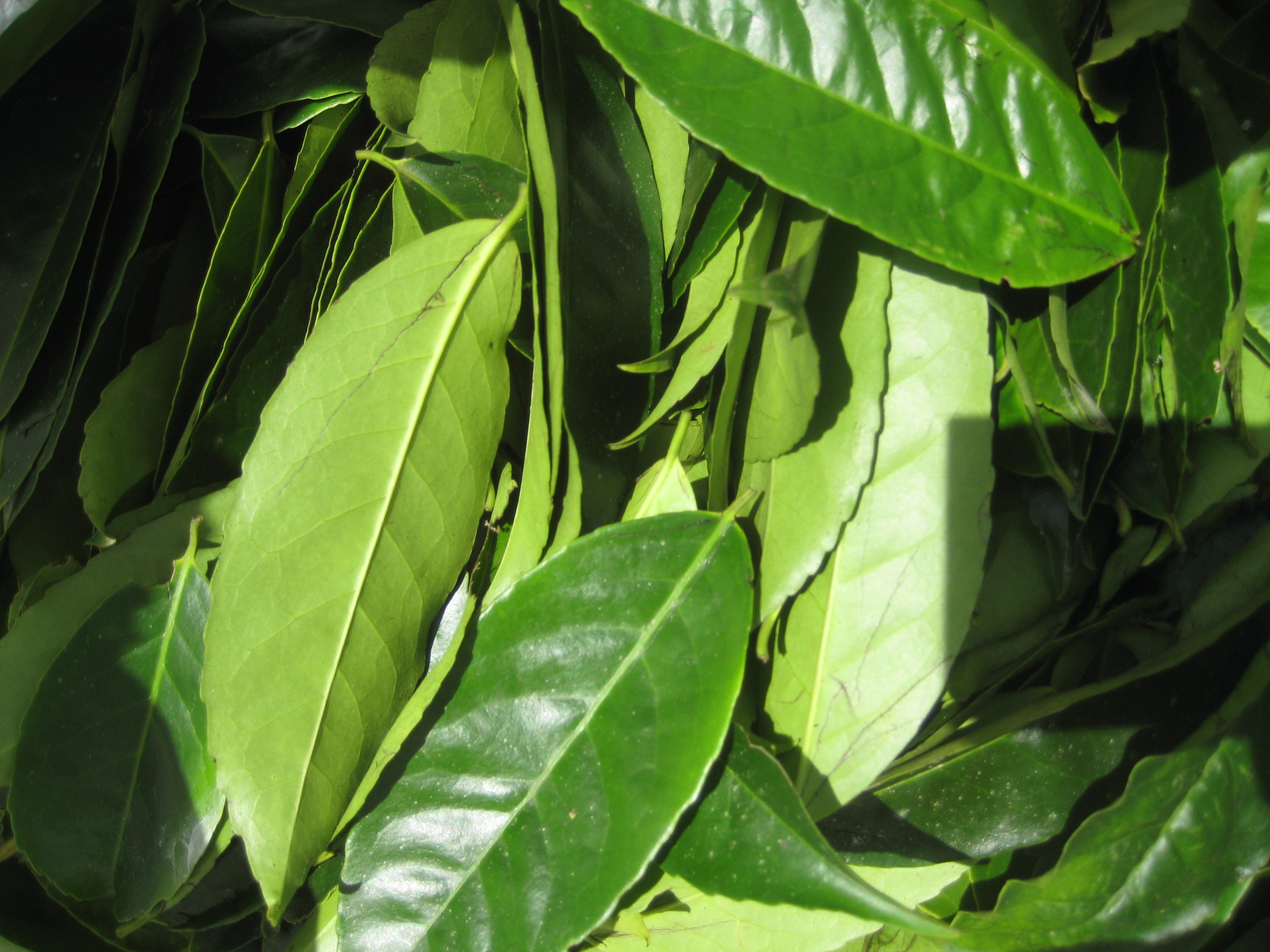

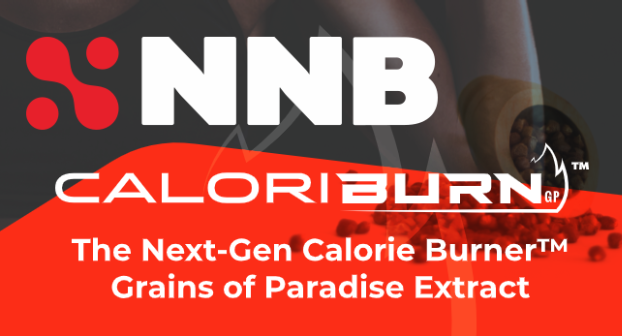
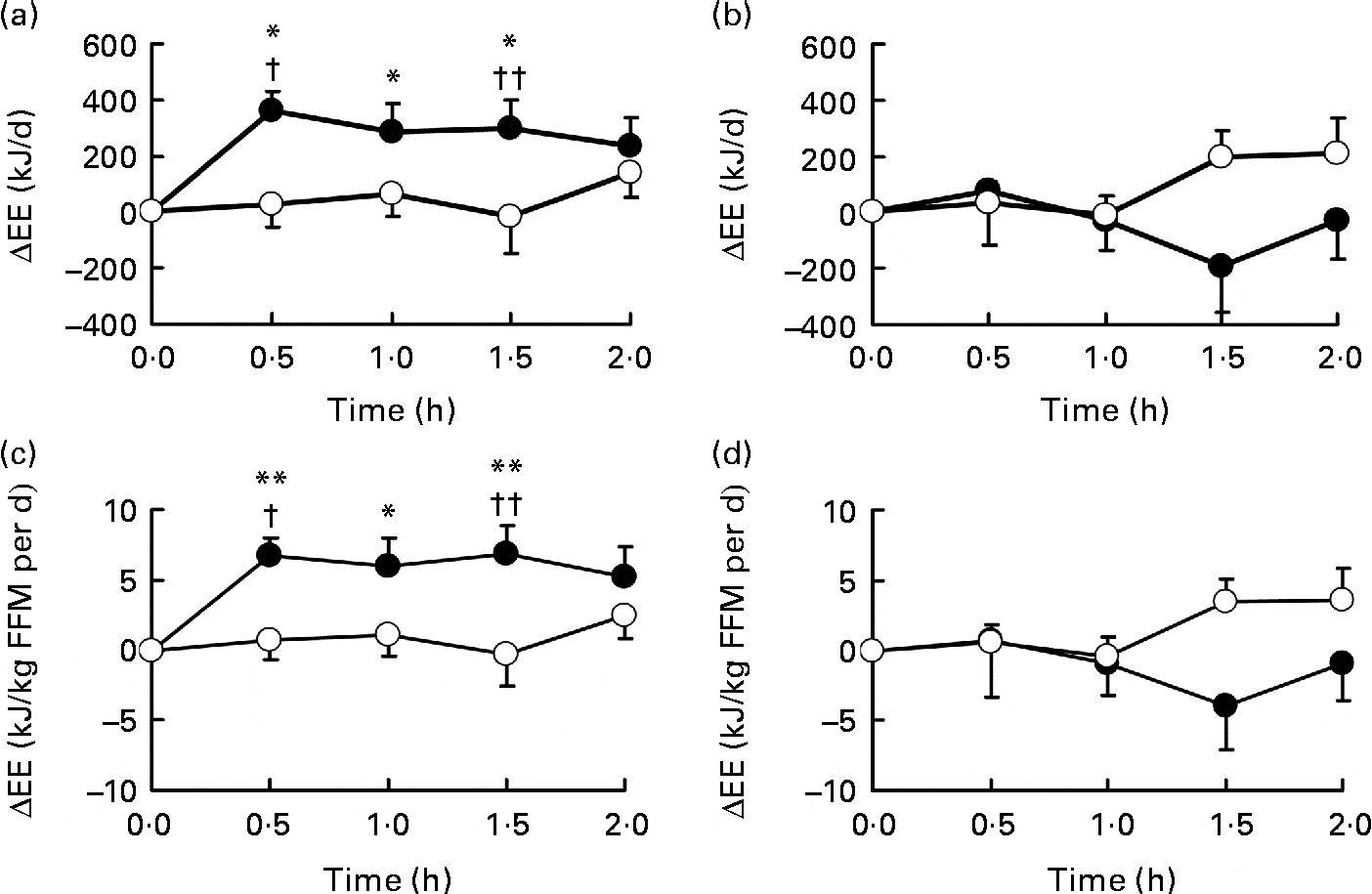

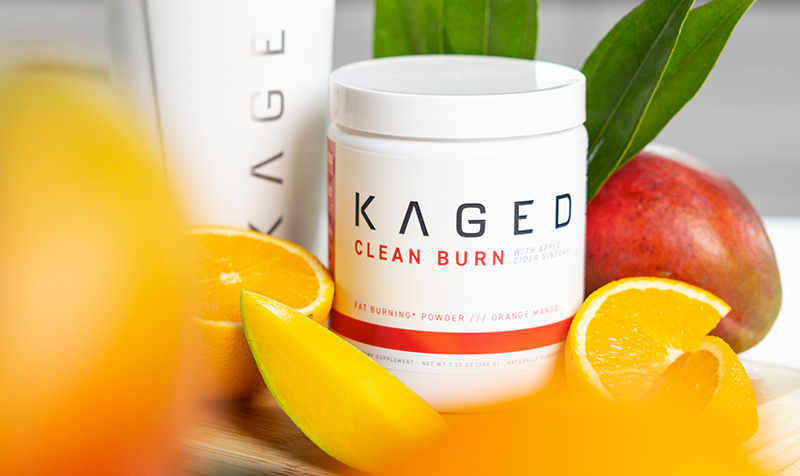

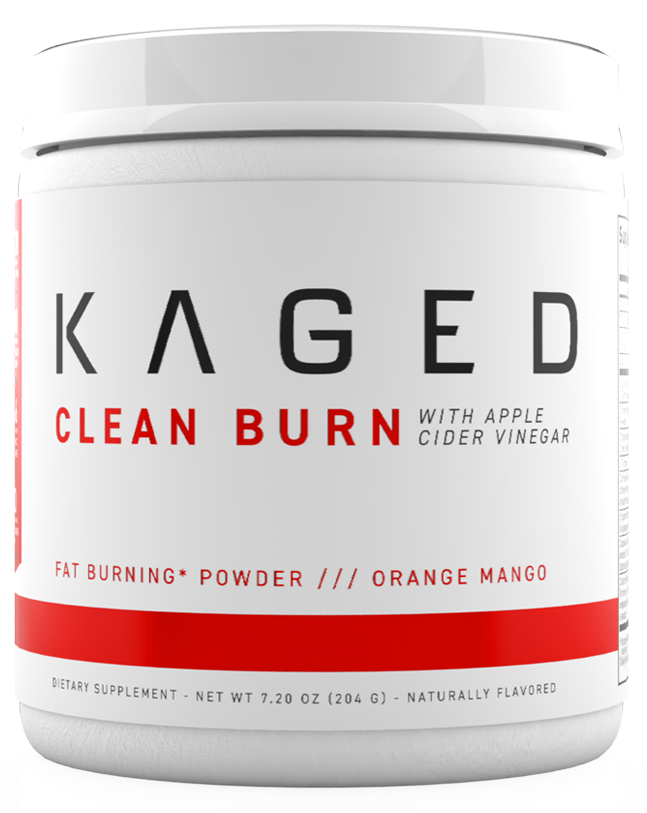


Comments and Discussion (Powered by the PricePlow Forum)